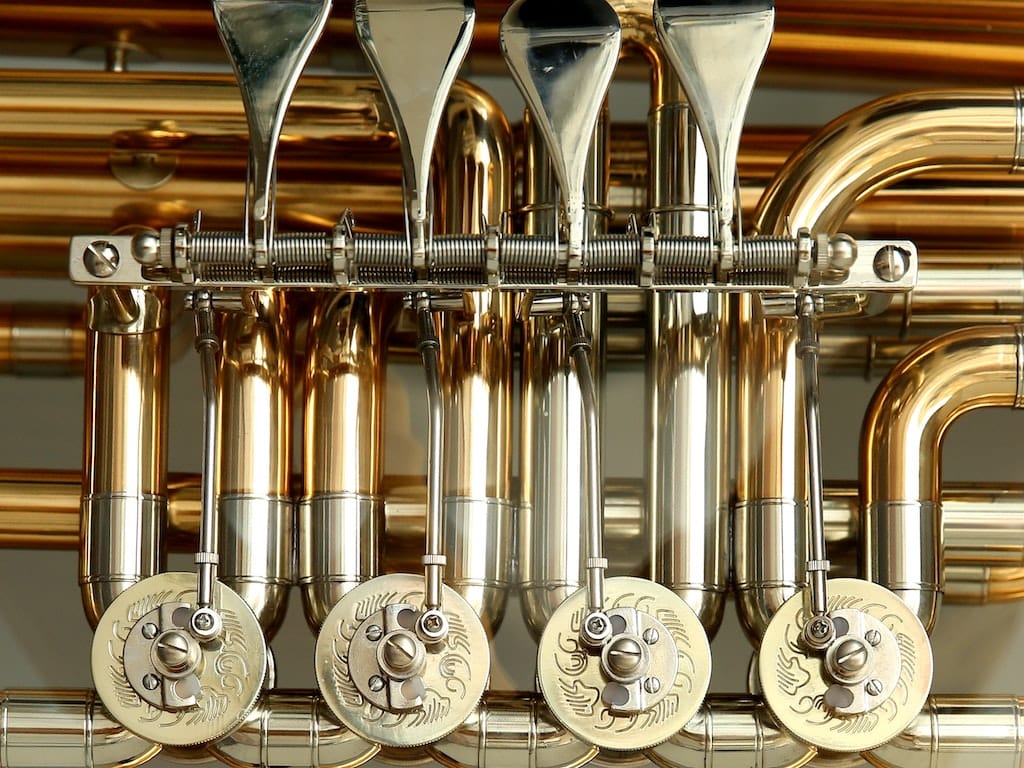Six important practice tips for musicians

What do we classical musicians spend most of our time doing? That’s right: practicing. Nowadays this is mostly a completely closed and private process, where we are completely alone and prefer other people not to listen. As teachers, we don’t really know how our students practice, let alone our colleagues. Why has this become so? It wasn’t always like this. To take a famous example, Mozart practiced most of his childhood in front of people, and actually preferred it that way, also as an adult. And he ended up…quite successful, I think we would all agree. I feel certain that becoming more aware of what is happening in the actual practicing process can really boost our artistic development immensely.
This article is about the largely overlooked method of looking at our students’ practice – or maybe even looking at our own practice. The modern technology of easily accesible, high-quality video recording has made this method available for everyone.
The premise for this post is, that you have access to a video recorded real practice session from a student (or yourself). 7-10 minutes maximum, I would recommend. It should be live practising, practising as it normally unfolds in time. Not a “staged” practice performance. We want the “real meat” here.
Now, let’s go into, what you can look for, and what can be learned from watching this. I will refer to the student as the one practicing, but as said earlier, you can just as easily use your own practicing. You will – most likely – learn a lot.
Learning about the actual working processes
Seeing exactly, how the student works alone, can really be an eye-opener. On a basic level, it is immediately possible to monitor her technical work – how does it look like, how is the improvement during practice and is her focus on appropriate aspects? Does she really understand the basic tasks – for instance, can she work meaningfully with scales and exercises on her own?
But you can also learn more about, how the student herself is evaluating aspects like posture, sound, balance, intonation. You can also get an idea of, what the main focus of the student normally is. These are very important things to learn, if we want to guide the students optimally.
I discovered recently, that one of our students was deliberately using too much physical force in her practice, which then led us to a constructive talk about her very unproductive idea, that practice should be deliberately tiring – like working out in a gym. That is obviously wrong.
Getting better at setting goals
One of the things that students normally struggle with, is setting appropriate and specific goals in the moment. You may notice, that some students spend a lot of the time actually searching for goals – things to improve – while practicing. Or that others try to focus on too many things at a time, and thereby end up not improving anything. So you can help her, by talking about, which goals to set when or in which order. This is of course intimately related to the student’s ability to listen to herself and evaluate which aspects, that are meaningful to improve here and now.
Also, it is important to realize, if the goals are related to reproducing all the details of the musical score as precisely as possible or instead to work on an improved feeling of musical meaning – maybe even personal interpretation of the piece? These different strategies normally require completely different ways of practicing. For instance, if you want to work with developing your own understanding of the music, real artistic experimentation might be very useful. But for most students this takes a lot of courage and we need to help them with that.
Playing faster
Something that is always perceived as really important by – at least piano students is how to play a passage faster – and rightly so. Watching the actual practice can help you improve this element. You can monitor how the tempo is being increased, if the changes in speed are meaningful. A classic mistake is to go from practicing very slowly to almost play in tempo. Maybe more intermediate stages are needed? Or maybe working more in 80% of the tempo? And sometimes going from focusing on single notes to groups of notes is exactly what is needed.
You can also discover how the student’s attitude is towards technically demanding passages. Are they building in stress and discomfort from the beginning, or are they working slowly, and meaningful – in a cool way – towards a coordination of all the different aspects – imagination, movements and sound control?
Actually in this context it can be very useful to talk about external or internal focus. Does the student practice with listening for control of the sound and the musical expressiom (external focus) or is she mainly focusing on producing the right, technical movements (internal focus)? And is she aware of, when she does what? Going from internal to external focus will normally be a key element in mastering difficult passages.
Evaluation and correcting mistakes
Also the “when” of practicing is important here. When do we correct, and why? Is the student trying too much to “just give a shot” and thereby accepting too many mistakes? If we always play a mistake first time we play something for a longer period of time, that mistake will most likely be, what is learned (Why? Because in the concert we only play the note once: the first time).
Also there are habits to develop concerning where to start from, when playing something over. Normally it is beneficial to go back before the unwanted event, so you practice playing right, in the flow of what came before. Many students don’t realize this. In general it is not recommendable to have too much “trial and error” process.
On the other hand, if we are too afraid of losing control, we can also become too careful. Every practice session should probably include some activities, where we leave the comfort zone and add new elements – or are experimenting. Otherwise we end up just repeating the results from earlier practice sessions and not developing further from our current level.
Motivation and concentration
Having positive expectations to our practice is of great importance. It is often quite easy to see, if the student is in a positive or negative flow. If they are emanating too much frustation and seem mentally or physically struggling, we can encourage them to search for ways to work, which are more motivating and enjoyable. It is a proven fact that the development will be much greater with a positive attitude.
Also it is interesting to observe the development of the students’ concentration. Often we can practice in much shorter time spans, than we think, before concentration starts dropping and we spiral into a negative work flow. So sometimes we have to move on from a certain practice element sooner than we think – or take more breaks. Basically, stop while it’s still fun and you actually want to continue a little bit longer. Then it will be even better, the next time you work on the same place.
Learning strategies
Maybe the most important payoff, is to make the student conscious about different learning strategies. Or said in another way, become aware that it makes a difference, how we think about what we do while practicing.
In a broad sense, there is an important distinction, that it is paramount for the students to be aware of. That is, if the goals for the practicing in the moment are of a detailed nature, or of a more holistic nature. We can also speak of convergent or divergent strategies.
Does the student improve single elements, like fixing the intonation of every note or hitting the right keys, or is she searching for musical meaning on a higher level, for instance focusing on phrasing or structure or the narrative content of the music, like what am I really communicating here? Most students have a preference for the one over the other, and here it is possible to challenge the students to work with the “other” strategy.
Also, the closer you are to a performance, normally it would be beneficial to work with more holistic or divergent strategies. Otherwise you end up practicing details in front of the audience, which nobody wants.
Conclusion
When we or our students perform, what is presented is only the tip of the iceberg. 90% lies below the surface and the quality of our practice is intimately connected to our development as musicians. This goes for young people as well as mature professionals.
For me, looking in a structured way on my own and the students’ practice has helped me improve many aspects, that help us achieve the ultimate goal: Making the music come alive through our mind, body and emotions.
So, be practice smart!
This article first appeared on the blog section of the author’s website.





